Common disorder raises uncommon issues for physicians
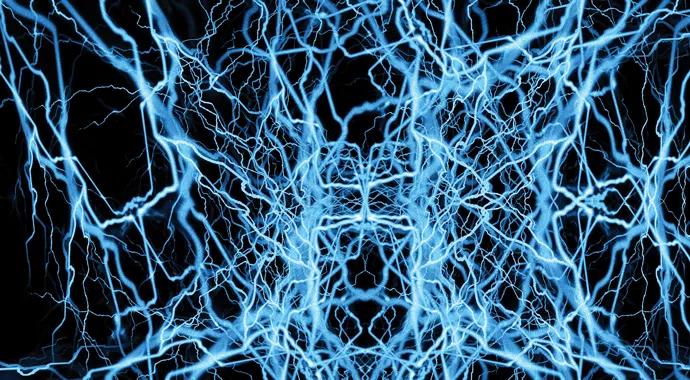
Chances are good that you’ll encounter essential tremor (ET) in your primary care practice. It’s the most common movement disorder, affecting all age ranges and as many as 6 to 9 percent of people 60 and older according to prevalence studies.
Advertisement
Cleveland Clinic is a non-profit academic medical center. Advertising on our site helps support our mission. We do not endorse non-Cleveland Clinic products or services. Policy
But due to embarrassment, fear or normalization, your patients may not volunteer that they’re having problems. That means you’ll have to rely more on observational and interview skills to uncover what’s going on and begin the diagnostic and treatment process, says Cleveland Clinic neurologist Michal Gostkowski, DO. Some advice on how to proceed:
ET involuntary movements most often involve the hands and occur during action, in contrast to Parkinson disease (PD) tremors, which occur at rest. ET patients may try to mask or hide their shaking, so Dr. Gostkowski watches their hands when they’re distracted and listens to vocal tremors, another distinctive ET symptom. He also asks if their activities have changed. ET patients may stop socializing or discontinue hobbies that are affected by their tremors. Those restrictions, in turn, may trigger depression, another indicator to watch for. Also, since alcohol can temporarily dampen ET tremors, sufferers may be vulnerable to alcohol overuse or addiction.
Though ET has its own complications, your patient’s biggest early concern may be that his or her tremors result from PD. A neurologist can make the definitive diagnosis, but for reassurance’s sake, some simple tests in your office — handwriting and water-pouring ability can help differentiate ET from PD. ET patients’ handwriting is large and scratchy-looking, while PD patients’ rigidity results in smaller and smaller printing (a condition called micrographia). ET patients also have trouble pouring water from one cup to another, a task that PD patients execute without spills because their tremors occur at rest.
Advertisement
Your patients likely will ask what caused their ET and what course their disease will take. Though ET clearly has a strong genetic component, no ET-linked genes have been identified so far, and it is likely that some as-yet unknown environmental cofactors are involved. Tremors tend to become more severe as patients age, with some association between age of ET onset and how quickly ET progresses. Older-onset patients have a faster rate of progression.
Unfortunately, medications are only modestly effective at reducing ET tremors. The beta-blocker propranolol and the anti-seizure drug primidone are the most studied and seemingly the more beneficial, but each lessens tremor in about half of ET patients. Other ET medications include benzodiazepines and anticholinergics, which should be used cautiously in older patients.
Deep brain stimulation (DBS) of the thalamus has shown good results in ET. “It’s a very viable option,” Dr. Gostkowski says. “We expect 70 percent to 80 percent improvement in the tremor in about 90 percent of patients,” with minimal side effects. ET patients and their physicians should consider DBS when tremors begin to impair daily living activities.
Advertisement
Advertisement

New study advances understanding of patient-defined goals
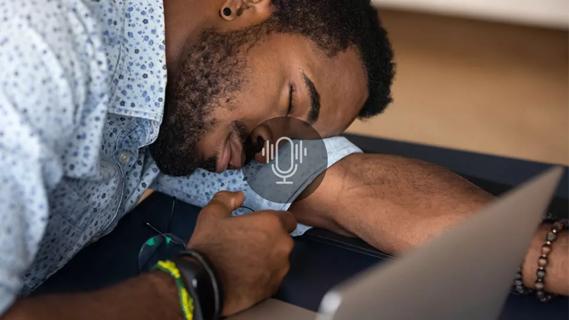
Testing options and therapies are expanding for this poorly understood sleep disorder
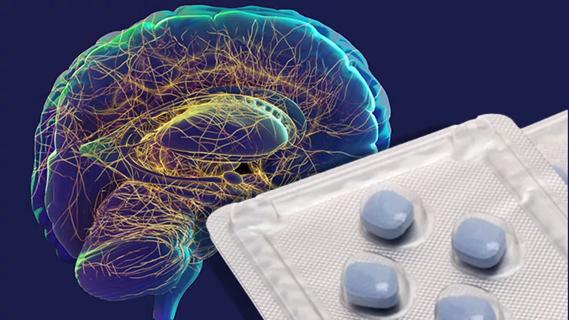
Real-world claims data and tissue culture studies set the stage for randomized clinical testing
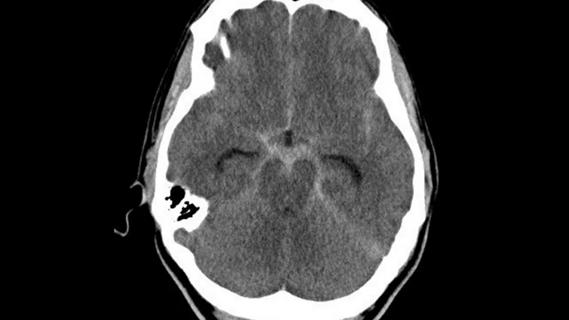
Digital subtraction angiography remains central to assessment of ‘benign’ PMSAH

Cleveland Clinic neuromuscular specialist shares insights on AI in his field and beyond
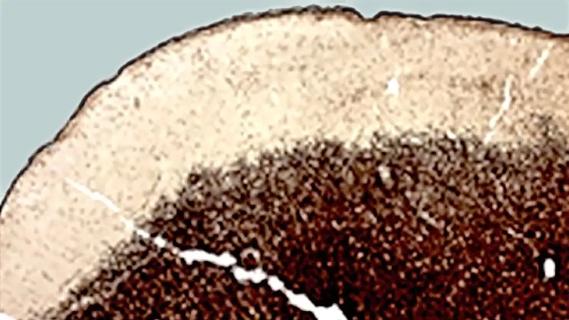
Findings challenge dogma that microglia are exclusively destructive regardless of location in brain
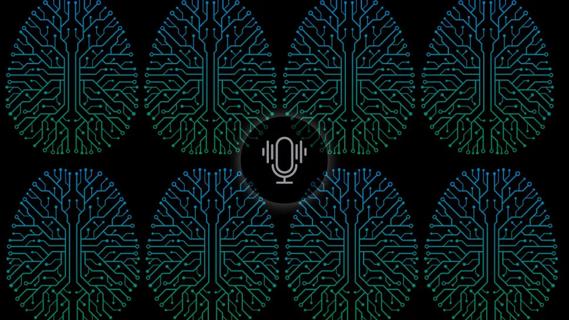
Neurology is especially well positioned for opportunities to enhance clinical care and medical training
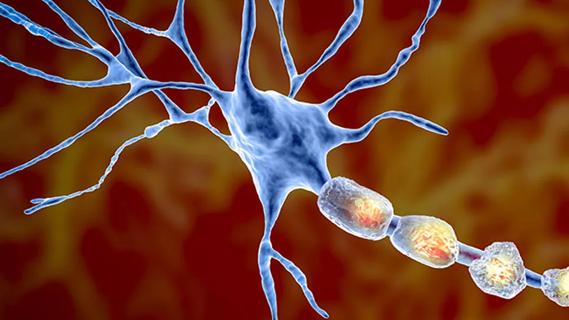
New review distills insights from studies over the past decade